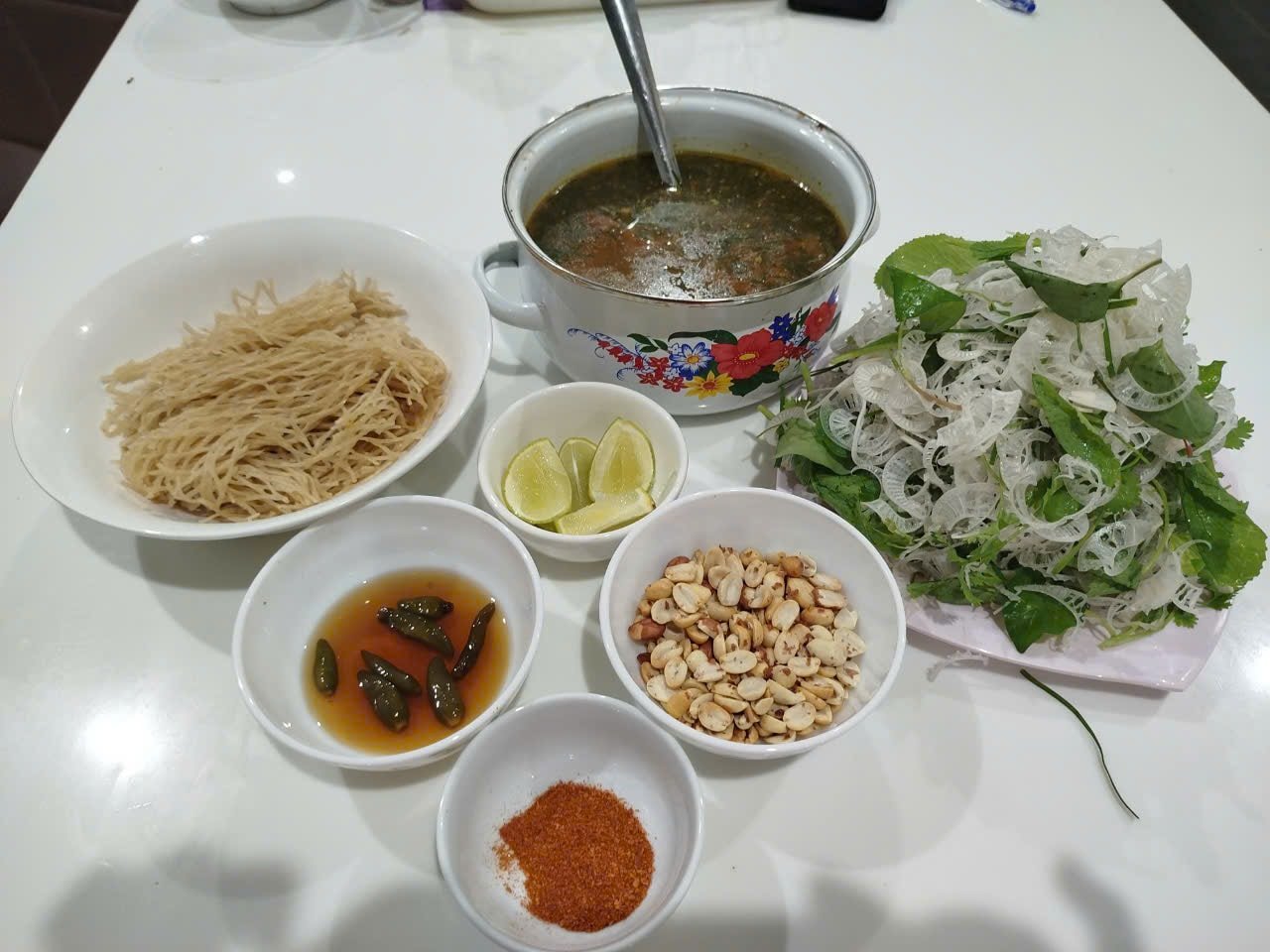
Pho... B40
After a while, we were sent to study in Hanoi . Being far away from home, missing it so much, I asked my wife to try to send me something from home to ease the pain. Unexpectedly, she sent me... cassava noodles.
I clearly remember the surprised eyes of my Northern and Southern classmates when I introduced and invited them to eat Quang Nam cassava pho, right on a rainy afternoon in Hanoi.
That day's meal, the tapioca noodles, were not prepared to the highest standard, because the Academy dormitory forbade cooking, so I had to secretly make use of what was available to have a meal that could be called basic.
A few snakehead fish, a few ounces of pork belly; a few slices of pineapple, a few spring onions, and a pot of stock cooked in a rice cooker; shredded tapioca noodles, blanched in water until soft; and a basket of mixed raw vegetables make a special meal.
Although there are many things missing: banana leaves, mango leaves for raw vegetables, shallots, and homemade peanut oil to make it fragrant (in the North, it is a habit to not use shallots in seasoning), it is enough to become the most frequently mentioned memory on every rainy afternoon in October.
My friends from the North ate and praised the dish. They praised it sincerely because I know that the tapioca noodles in my hometown are really delicious. They were so impressed with the tapioca noodles that they gave it another name, Pho B40.
Because, the starch from cassava (cassava root) is pressed by the villagers into square pieces, with squares like B40 mesh screens often used to fence gardens. The comparison sounds funny, but it also adds something special to cassava pho - something that no one can find anywhere else to make a dish like in my hometown.
Hometown specialties
I think, although each person's habits and tastes are different, it is certain that, for Quang people to eat "standard" cassava pho, they must ensure three elements: pho noodles; a pot of broth (in my hometown, it is often called "nuoc nem") and a basket of raw vegetables.
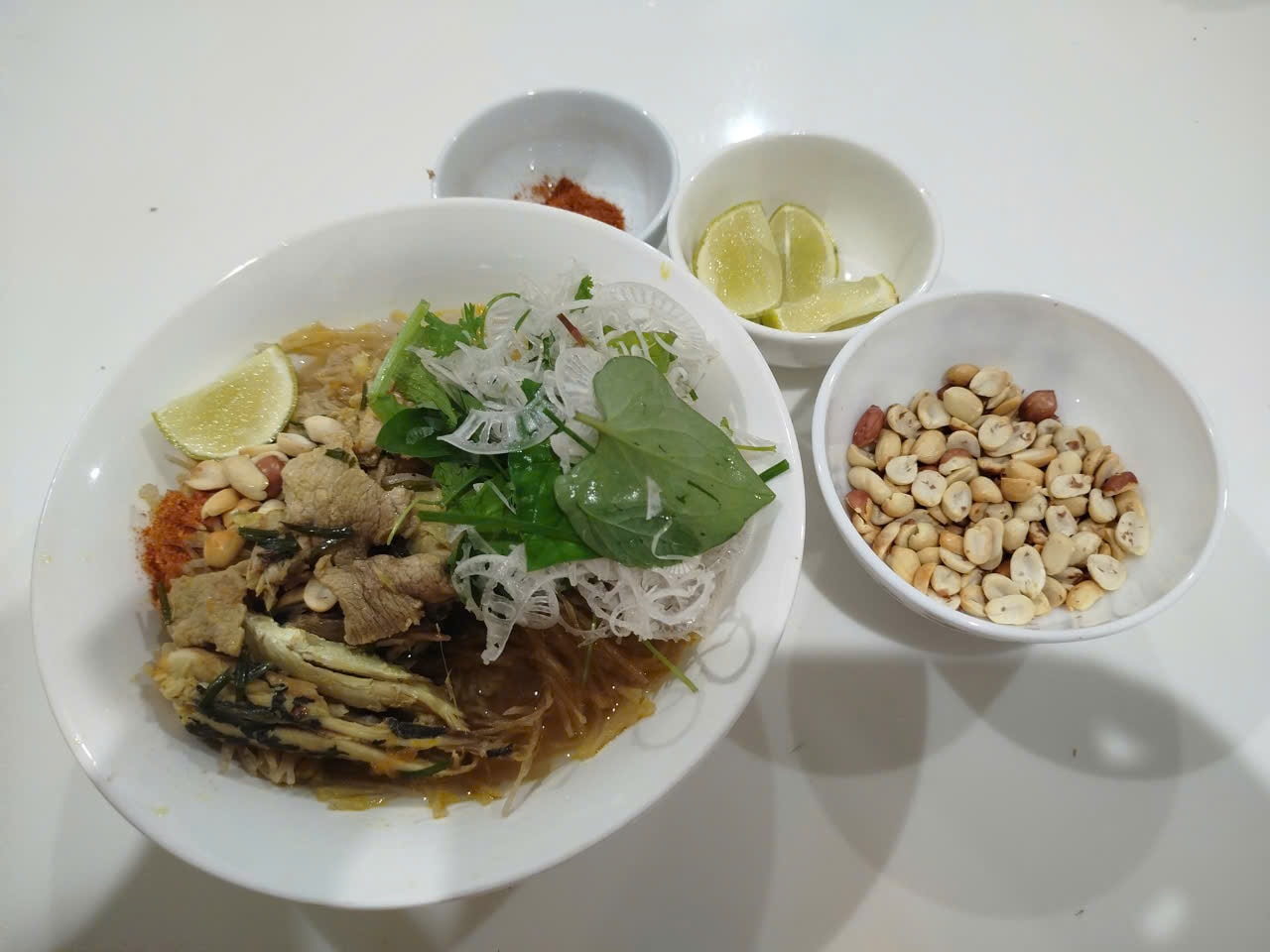
The main ingredient of the dish is cassava noodles which must be round, evenly pressed and slightly transparent (proving the quality of the cassava starch). Blanching cassava noodles to soften them is also an art. If you blanch them too much, the noodles will be mushy and unappetizing, and if you blanch them too little, the noodles will be tough and difficult to swallow.
Being a popular dish, the ingredients for the broth are not too complicated. Just a few eels, a couple of freshwater fish or sometimes just a few steamed mackerel with a little pork belly is enough. However, the broth of cassava pho must be de-oiled with shallots and peanut oil so that the aroma blends well and the food is delicious enough...
A seemingly simple but very important part is the raw vegetables served with it. Raw vegetables that go well with cassava pho include thinly sliced bananas, a few herbs such as basil, young mango shoots, etc. Whether cassava pho is delicious or not can be judged by looking at the basket of raw vegetables.
Put the noodles in a bowl, cover with the filling, add some roasted peanuts, and eat with raw vegetables… that is the simplest way to eat cassava noodles that I have ever known. In addition, cassava noodles are blanched, fried in oil, and mixed with banana trees, which is also a special dish that you should try in your life.
One thing that all Quang people remember and love is the dish, when they know that cassava pho appeared in the days of famine, when besides cassava and sweet potatoes that could survive in the arid lands of the Central region… there was hardly any other food crop that was as effective. When they produced a lot and could not sell it all, people made cassava pho to store for later consumption.
From a dish of the days of hardship, cassava pho has left the countryside to appear in supermarkets, restaurants, and even exported. Cassava pho has gone from a rustic dish to a nutritious, healing dish.
As for me, no matter how much variation there is in the tapioca noodle soup, no matter how modern the label, in my memory, I still remember the flavor of the bowl of noodle soup that was missing everything on that rainy afternoon far away from home.
Source: https://baoquangnam.vn/pho-san-ngay-mua-3144751.html












![[Photo] Central Propaganda and Mass Mobilization Department meets with exemplary journalists](https://vphoto.vietnam.vn/thumb/1200x675/vietnam/resource/IMAGE/2025/6/21/9509840458074c03a5831541450d39f8)




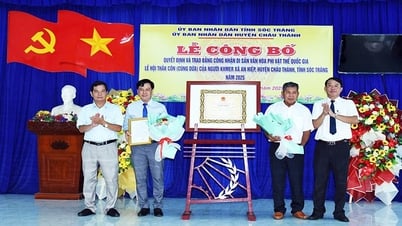










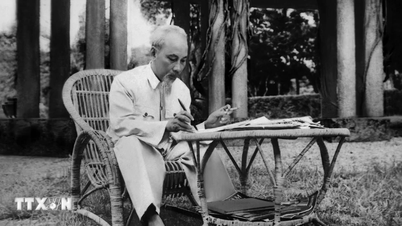









![[Maritime News] Wan Hai Lines invests $150 million to buy 48,000 containers](https://vphoto.vietnam.vn/thumb/402x226/vietnam/resource/IMAGE/2025/6/20/c945a62aff624b4bb5c25e67e9bcc1cb)

















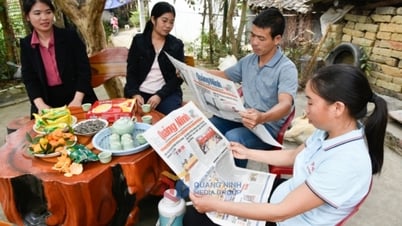

















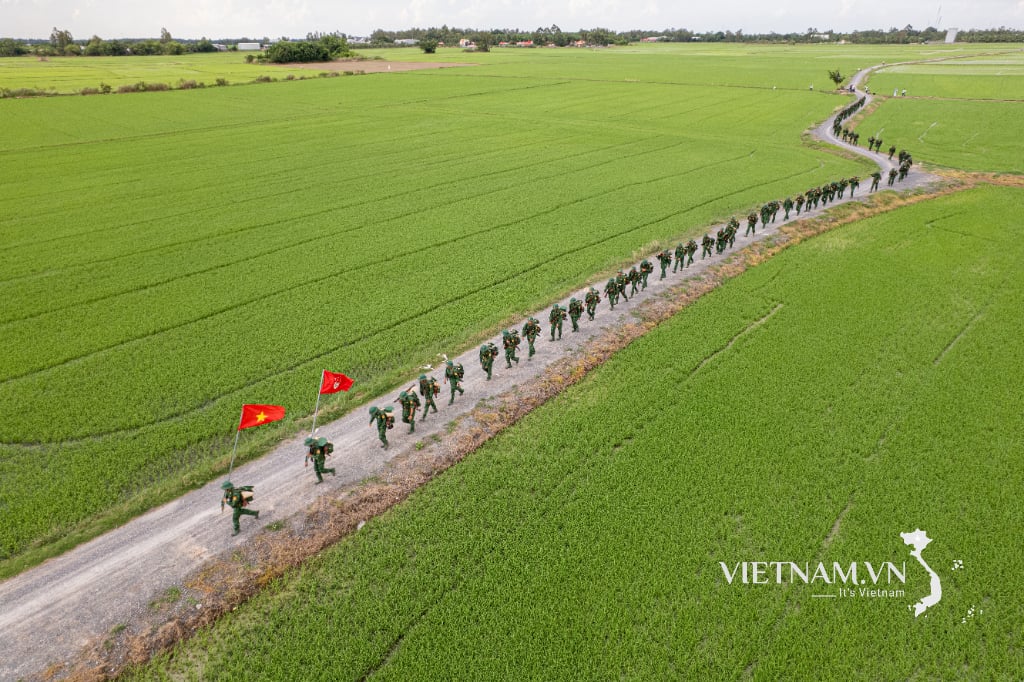
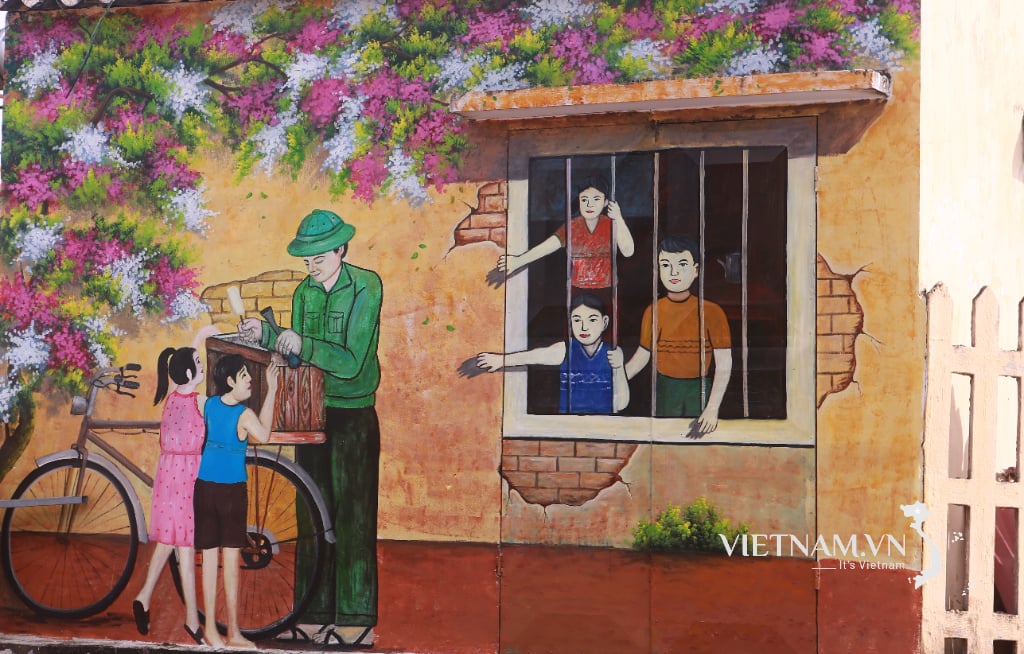


Comment (0)